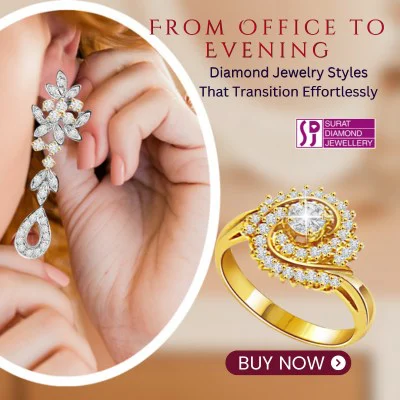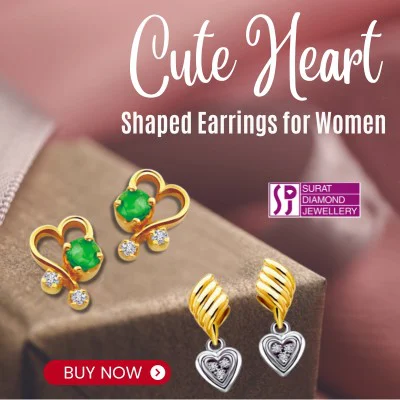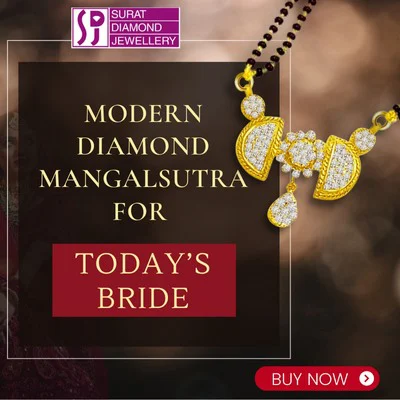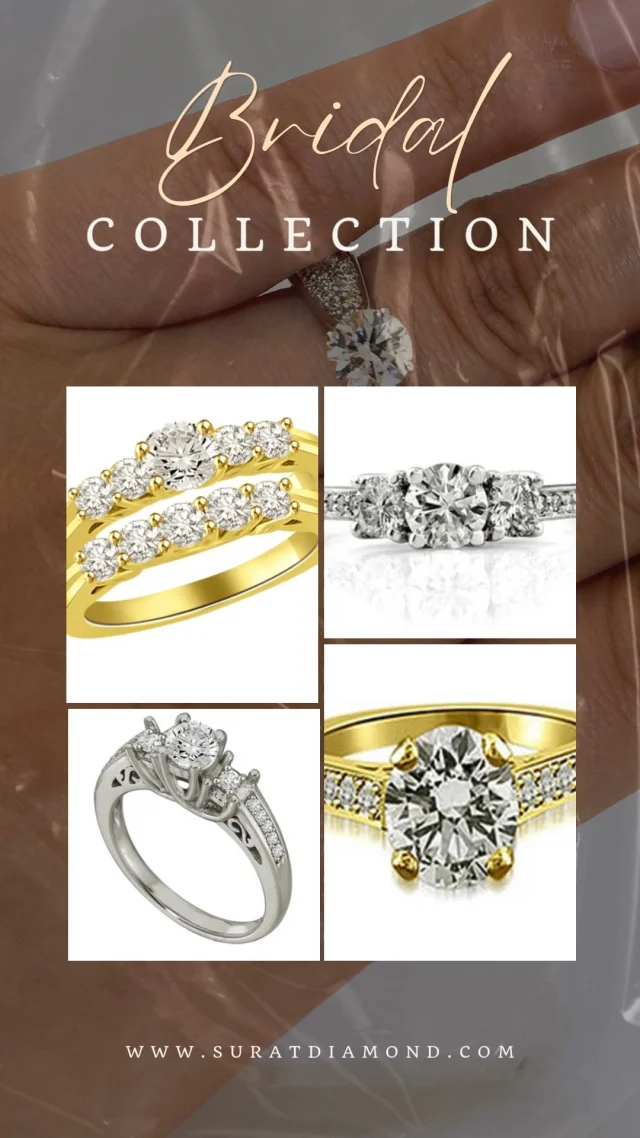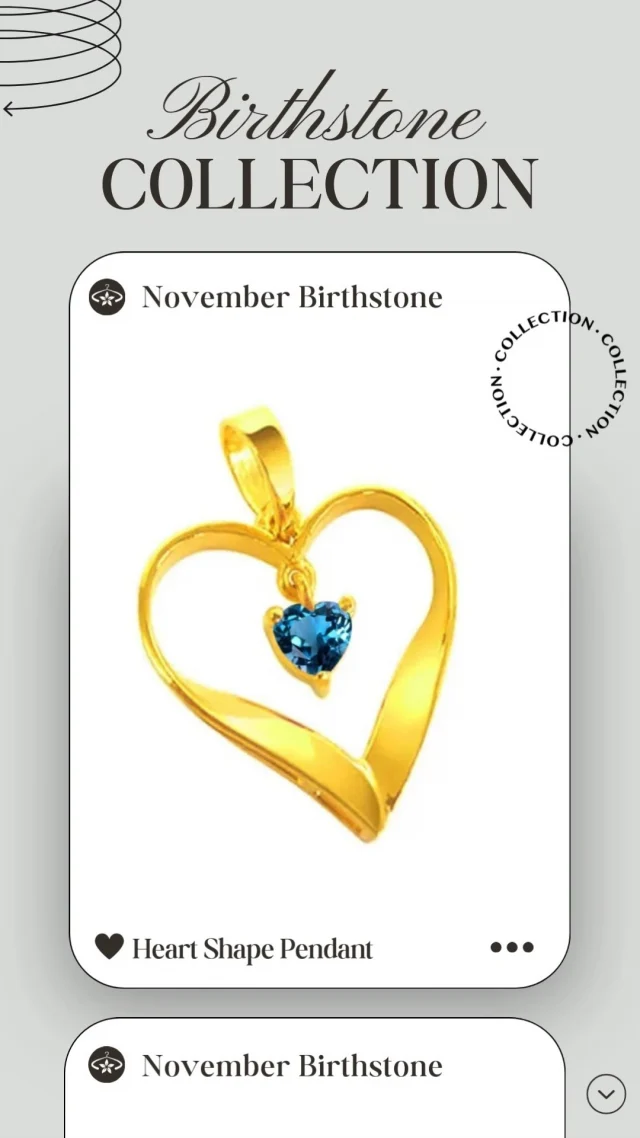The Allure of Diamond Color : A Comprehensive Guide
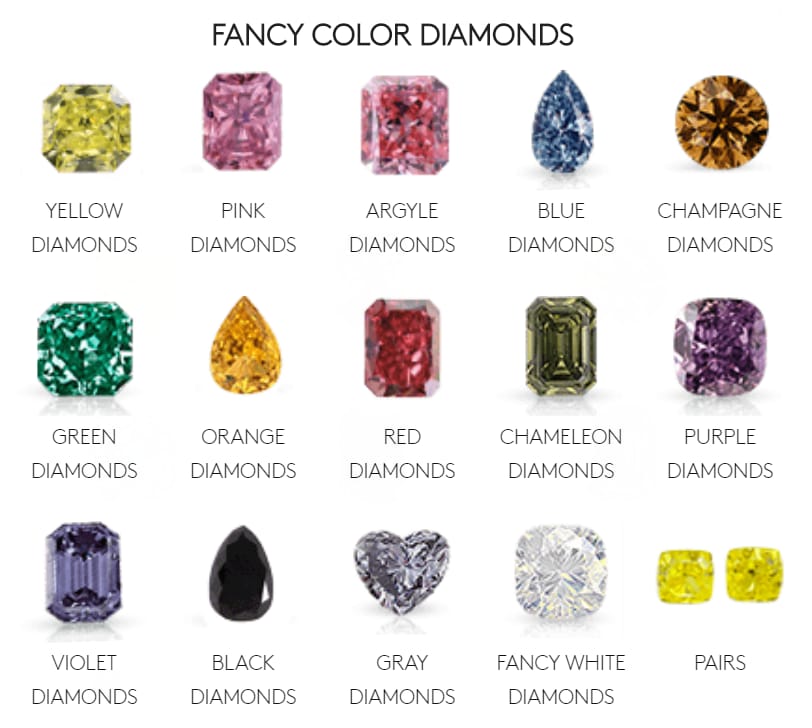
1) Introduction
Diamonds, the epitome of luxury and elegance, have captivated our hearts for centuries. Among their most intriguing aspects is their “color”, a characteristic that significantly influences their beauty and value. This guide delves into the world of “diamond color”, offering insights that will enhance your understanding and appreciation of these precious gems.
2) Understanding the Basics
i) What is Diamond Color?
Diamond color refers to the presence or absence of color in a diamond. While most diamonds appear white, subtle color variations can greatly impact their value and appeal.
ii) Grading Scales
Two primary grading scales are used worldwide: the GIA and AGS scales. These scales help in determining the “diamond color grade”, which is crucial for valuation.
iii) GIA Diamond Color Scale
The Gemological Institute of America (GIA) scale ranges from D (colorless) to Z (light yellow or brown). D-F are considered colorless, G-J near colorless, K-M faint yellow, N-R very light yellow, and S-Z light yellow.
iv) AGS Diamond Color Scale
The American Gem Society (AGS) uses a numerical scale from 0 to 10, with 0 being colorless and 10 showing significant coloration. This scale parallels the GIA scale for consistency.
3) Factors Affecting Diamond Color
The color of a diamond is influenced by its chemical composition and the conditions under which it formed. Even slight variations can impact its “diamond color grade”.
4) The GIA Diamond Color Scale
The GIA scale is the industry standard for color grading. Diamonds graded D are the most sought-after due to their rarity and pure, colorless appearance.
5) The AGS Diamond Color Scale
Similar to the GIA scale, the AGS scale is highly respected. It offers a more nuanced approach to grading, especially for diamonds on the borderline between two grades.
6) Importance of Color in Diamond Valuation
Color is a critical factor in determining a diamond’s value. The closer a diamond is to colorless, the more valuable it is considered, making “the best diamond color” typically those in the D-F range.
7) Diamond Color and Diamond Shape
i) Impact of Shape on Color Perception
The shape of a diamond can influence how its color is perceived. For example, round brilliant cuts can mask some color, while step cuts like emeralds may highlight it.
ii) Popular Choices
Shapes like the round brilliant are popular for their ability to hide color, making them a versatile choice for various color grades.
8) Natural Color Diamonds
Beyond the traditional white, natural color diamonds come in a spectrum of hues, including pink, blue, and yellow. These are often “the most expensive color” diamonds due to their rarity.
9) Enhanced Color Diamonds
Color enhancement techniques can alter or improve a diamond’s color. While more affordable, these diamonds are less valued than their natural counterparts.
10) Grading and Certification
A diamond’s color grade should be certified by a reputable lab like GIA or AGS. This certification ensures the authenticity of the “diamond color scale” used.
11) Caring for Colored Diamonds
Colored diamonds require careful handling and storage to maintain their color and brilliance. Regular cleaning and avoiding exposure to harsh chemicals are essential.
12) The Art of Choosing Diamond Color
Selecting a diamond color is subjective and depends on personal preferences and budget. While some may prefer the pure allure of a colorless diamond, others may find the unique charm of colored diamonds more appealing.
13) Conclusion
In the world of diamonds, color plays a pivotal role in defining both the gem’s character and its value. Whether you’re drawn to the classic elegance of a colorless diamond or the unique allure of a colored gem, understanding the nuances of “diamond color” is key to making an informed choice. Remember, the best diamond is one that resonates with your personal style and tells your unique story.
Key Takeaways
This guide has explored the fascinating aspects of “diamond color”, from understanding grading scales like GIA and AGS to recognizing how shape affects color perception. We’ve learned that color significantly impacts a diamond’s value, with colorless diamonds being the most prized. However, the allure of naturally colored diamonds, such as pinks and blues, adds a unique dimension to the diamond market. Choosing the right diamond color is an art form, balancing personal taste with quality and budget considerations. For more insights and a stunning selection of diamonds.
FAQs
Q: What makes a diamond colorless?
A: A diamond is considered colorless when it lacks any hue, falling in the D-F range on the GIA color scale. These diamonds are rare and highly valued for their pure appearance.
Q: Can the shape of a diamond affect its perceived color?
A: Yes, the shape of a diamond can influence how its color is perceived. Round cuts can mask some color, while shapes like emerald cuts may highlight it.
Q: Are colored diamonds natural?
A: Yes, colored diamonds occur naturally, though they are rarer than white diamonds. They come in various hues, including yellow, pink, and blue, and are highly valued for their unique beauty.



